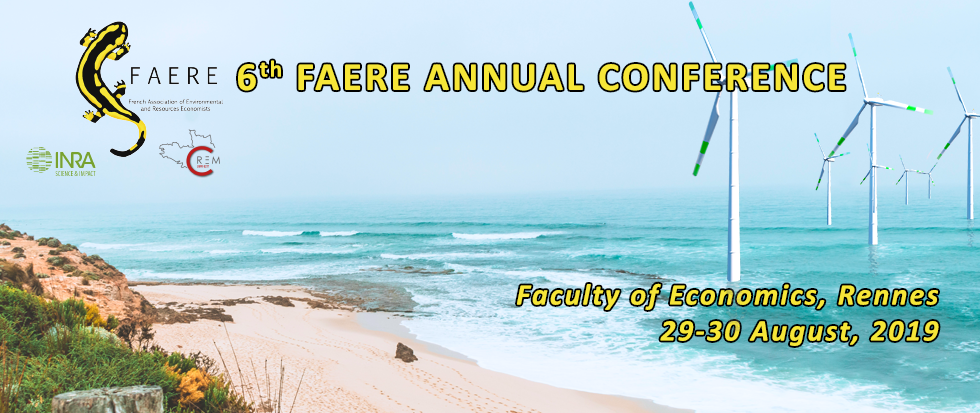This paper exploits World Development Indicators and IUCN Red-List data to empirically assess the socioeconomic and environmental drivers of conservation efforts. In addition to spatial spillovers, our results firstly indicate that forest cover, income level along with good political institutions positively drive protected areas (PAs), while human population growth conflicts with nature conservation efforts. Secondly, indicators of biodiversity (species richness and extinction risk) are found to be statistically neutral to PAs share, suggesting that species-rich countries are not predominantly the ones sheltering the largest PAs share. As species-poor forests matter as well, in addition to ecosystem centered approaches, our results encourage conservation practitioners to further account for species richness and extinction risks in establishing and managing PAs.

Do species-poor forests fool conservation policies? Assessing the role of forests, biodiversity and income in global conservation efforts
1 : BETA, Université de Strasbourg
(BETA)
-
Website
Institut National de la Recherche Agronomique, université de Strasbourg, Université de Lorraine, Centre National de la Recherche Scientifique : UMR7522
Université de Lorraine, UFR Droit Sciences Economiques et Gestion, Université de Strasbourg, Faculté des Sciences Economiques et de Gestion, 61 avenue de la Forêt Noire 67085 Strasbourg Cedex -
France


